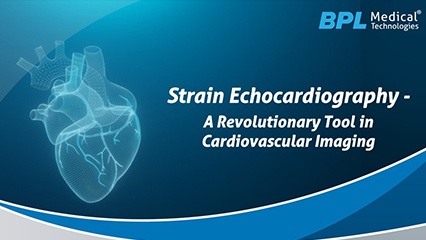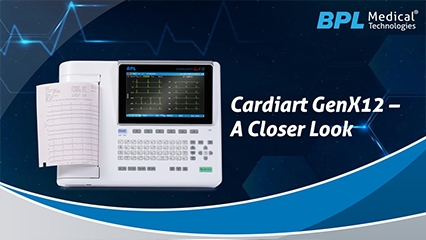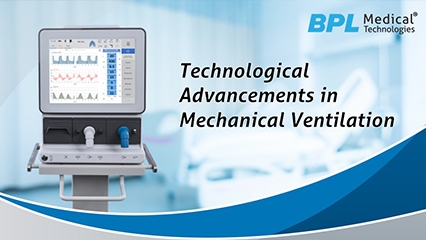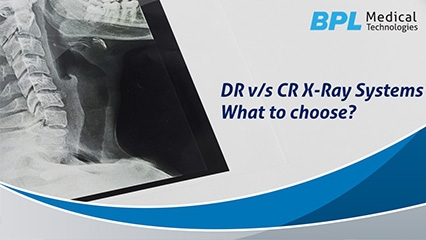Cardiovascular diseases are a leading cause of morbidity and mortality worldwide, affecting adults of all ethnicities, ages, and sexes, emphasizing the need for advanced diagnostic tools to identify, assess, and manage cardiovascular conditions. In recent years, strain echocardiography has emerged as a revolutionary technique...
Blog
Strain Echocardiography: A Revolutionary Tool in Cardiovascular Imaging
A Closer Look - Cardiart GenX12 ECG Series
In this ever-evolving field of medical diagnosis, accuracy, efficiency, and reliability in the diagnostic tool plays a significant role in shaping patient outcomes. Whether you are a practicing medical professional who is looking to buy an ECG Machine, or someone who is simply interested to learn more about the latest diagnostic tools...
Technological Advancements in Mechanical Ventilation
Ventilators are medical devices generally found in a healthcare setting, that provide respiratory support to patients who are incapable of breathing sufficiently by themselves. In recent years, technological advancements in mechanical ventilation have greatly improved the way patients receive care from their healthcare providers.
BPL Medical Technologies – Creating and Strengthening a New India
There is no other Indian company that can claim a heritage of medical technology innovation which is as deep and broad as that of BPL Medical Technologies. From being the first company in introducing ECG Machines in India in 1967 to extending the healthcare continuum to homes at present, BPL Medical has pioneered in medical technology innovation...
Electrosurgery - All you need to know
Electrosurgery is a technique often used in a medical or surgical context. An electrosurgical generator along with accessories are intended for cutting, coagulation, vessel sealing and resection of live tissue using monopolar and bipolar electrodes with high frequency electric current.
DR V/S CR X-RAY SYSTEMS - WHAT TO CHOOSE?
Whether you are a practicing medical professional who owns and/or is looking to buy a new digital X-Ray system for your facility, or someone who is simply interested to learn more about the latest imaging technologies, you must have heard about digital imaging systems like Computed Radiography (CR) and Digital Radiography (DR).








